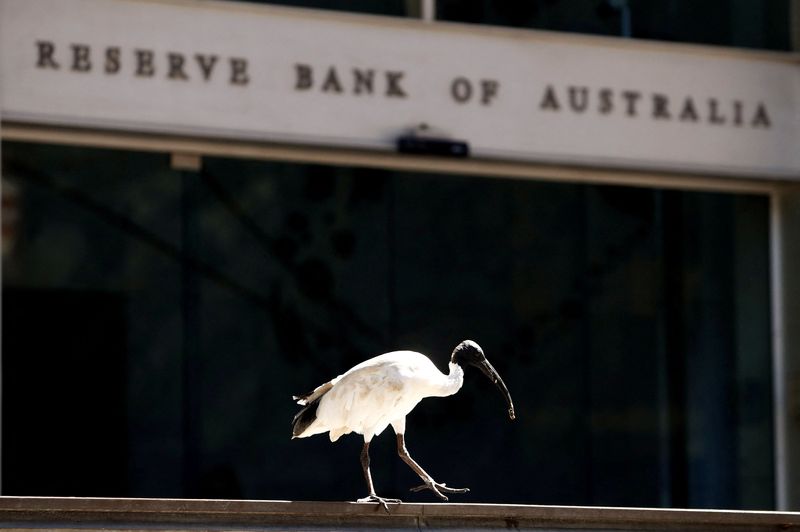Australia’s central bank keeps rates on hold, stays hawkish
2024.09.24 01:28
SYDNEY (Reuters) -Australia’s central bank on Tuesday held interest rates steady as expected and reiterated that policy needed to stay tight to bring inflation to heel, sticking to its guns a week after the Federal Reserve started its easing campaign with a bang.
The hawkish stance sent the Australian dollar 0.4% higher to $0.6864, the highest this year, and markets pared the chance of a December rate cut to 59% from 64% before the decision.
Wrapping up its September policy meeting, the Reserve Bank of Australia (RBA) kept rates at a 12-year high of 4.35% and said policy would have to be sufficiently restrictive to ensure inflation returned to target.
“While headline inflation will decline for a time, underlying inflation is more indicative of inflation momentum, and it remains too high,” the board said in a statement largely similar to the one in August.
“Data since then have reinforced the need to remain vigilant to upside risks to inflation and the Board is not ruling anything in or out.”
Markets had wagered heavily on a steady outcome given underlying inflation remained sticky and the labour market held up surprisingly well.
“Underlying inflation is still too high for the RBA’s liking, and progress back to the target range is frustratingly slow,” said Sean Langcake, head of macroeconomic forecasting for Oxford Economics Australia.
The RBA has kept rates steady since November, judging that the cash rate of 4.35% – up from a record-low 0.1% during the pandemic – is restrictive enough to bring inflation to its target band of 2-3% while preserving employment gains.
With underlying inflation stubborn at 3.9% last quarter and the labour market churning out lots of new jobs, there appears to be no urgency to ease policy like what the Federal Reserve did last week, cutting by 50 basis points to preempt sharp job losses.
Governor Michele Bullock has used every opportunity recently to stress that the central bank does not expect a near-term rate cut. That has prompted the markets to gradually price out the chance of a rate cut this year, with the first easing in December priced just at 64%.
“We retain the view that rates will be on hold until Q2 2025,” Langcake said. “The path of core inflation back to the target range has stalled somewhat, and it is hard to see a major improvement in the near term.”
Market sentiment in Australia on Tuesday was aided by more stimulus from China’s central bank, which announced cuts to reserve requirements and lending rates, including for existing home loans.

Investors are now waiting for the monthly inflation data for August on Wednesday. Headline inflation is likely to have slowed to an annual rate of 2.7% thanks to the government’s electricity rebates, but the core gauge could once again highlight sticky prices.
The RBA already trails other central bank in cutting rates, and the political pressure is ramping up for an easing. The left-wing Greens on Monday demanded the government to engineer a cut in interest rates in exchange for their support in parliament to pass the long-delayed reforms to the RBA.








